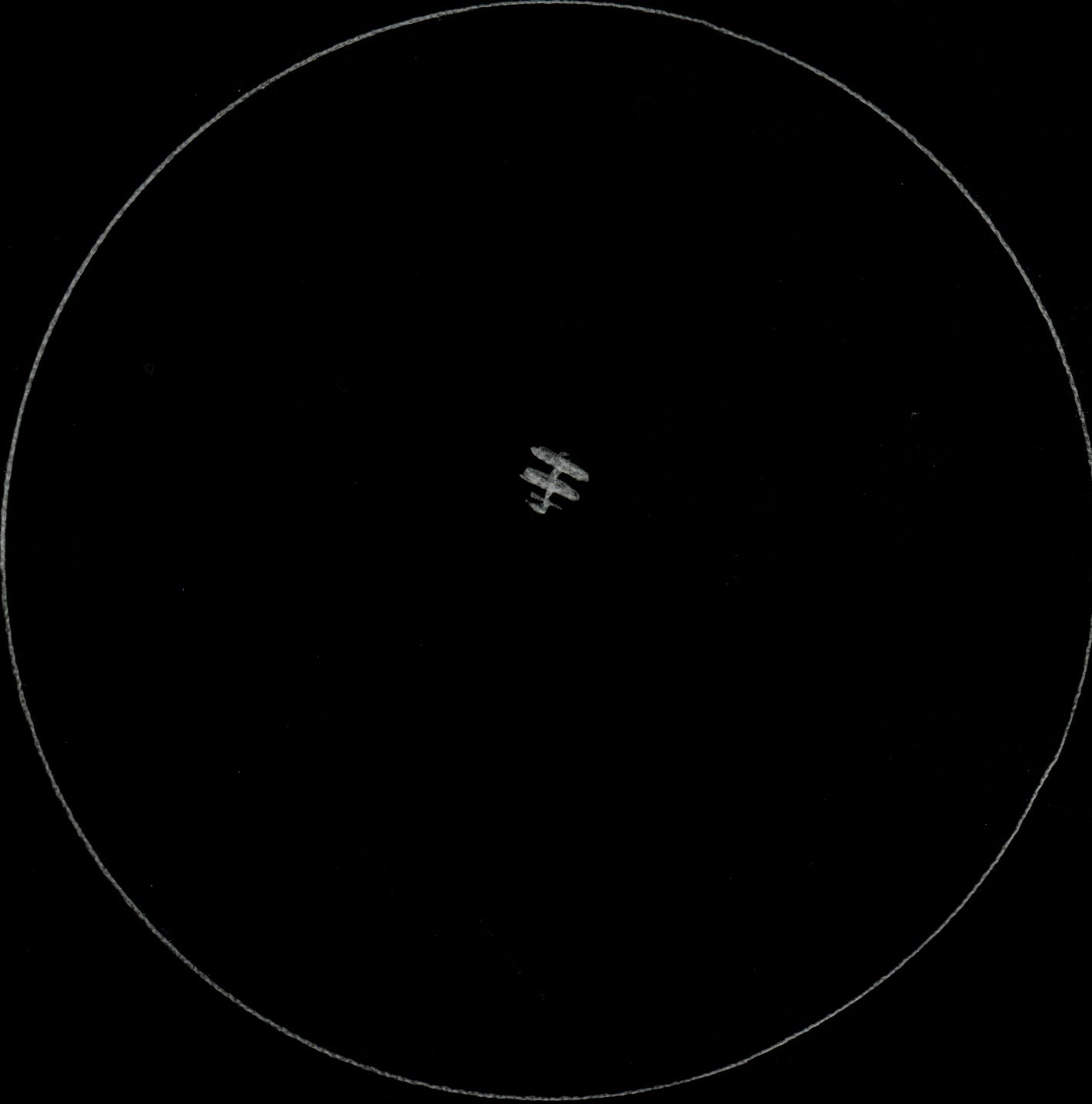Copyright 2009 Starry Mirror



The
TM
Astronomy From West Virginia
SPACE STATION AND STRANGE LIGHTS - JULY 24, 2009
BRIDGEPORT, WV - What was to be an exciting night of photometry was interrupted tonight when we had our first ever telescopic view of the International Space Station. Another object was seen about eight degrees behind the station, following in its orbit. And, an unusual light was seen in the northwest about two minutes before the Station passed over, which has left us puzzled.
Things were not looking good for astronomy Friday night. Though the weather forecast was for clear skies, clouds had been passing through. We planned to try and get a telescope on the Space Station, to see if we could make out any details. The pass of the Station was scheduled to start at 1013pm ET, and to last for about two minutes. The important fact was that it would be around 50 degrees high, which would be high enough to see from our observatory, but low enough to make pointing easy - for pointing a telescope right overhead is a chore!
About 1005pm, clearing was seen to be moving in from the southwest. We opened up the observatory and turned the dome west. The Station was scheduled to appear just to the right of west, and to move left toward the south before disappearing. As we were turning the tube on our 10" Newtonian to bring the eyepiece to the proper angle, we noticed a light high overhead, heading northwest. The light was orange and quite bright, perhaps magnitude 0 or brighter.
We watched the light head down into the northwest, and by slow speed and appearance it was assumed to be a satellite. It was viewed with 15x70 binoculars and appeared only as a bright orange light. The light stayed the same brightness as it went along, and we were wondering what satellite might be so bright. Just then, at an altitude of about 25 degrees, it made a sharp turn left to a heading of roughly south. At that point, we were a little more puzzled. But, the object disappeared behind our maple tree which sits due west of the observatory. Maybe it was a helicopter, but we heard no noise and the light appeared exactly the same down low as when high overhead, which does not suggest a directional light like a landing light.
By then, it was just about time for the Station to appear. On schedule, it appeared above the maple tree, and we got the telescope on it. By positioning the telescope ahead of the Station with a reticle finder, we were able to pick up the Station and move the scope by hand at a power of about 30x. We'd move the scope, look for a second as the Station passed through, and jerk the scope ahead a bit. We lost the Station after about fifteen seconds, and when we went back to the reticle finder to reposition it, we looked up and saw the other object trailing the Station. We now think it is either a new module which was launched toward the station today, or a resupply vessel which was cut loose from the station a few weeks back.
Whatever it was, the excitement of the night will make this a night to remember. Actually, the light we saw before the Station pass was most memorable. It floated along silently like a satellite, and it remained the same brightness and color the whole time we saw it.
Anyhow, when viewing the Station through a telescope, it looks bigger than expected. It is very bright yellow, almost fiery looking, and the major components can be seen. It is hard to make out very much when manually pushing the telescope to stay on the target, however.
We hope to view the Station any time we can, and see just which details we can make out. - GW

This is a rough depiction of the Station's appearance tonight in a 10" reflector. In reality, the Station appeared incredibly bright and yellow. The part at bottom which projects out to the left may be the Shuttle, which is docked to the Station, but we are not certain. Glen Ward drawing